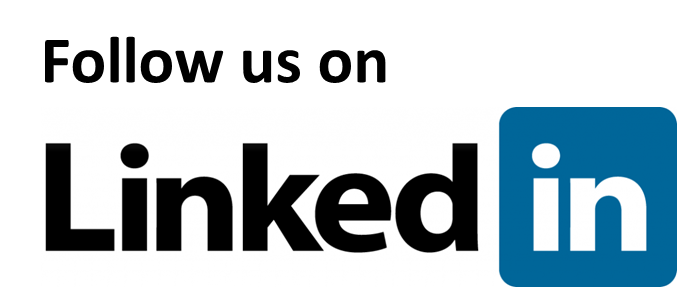In today’s data-driven world, organizations are generating and consuming data at unprecedented scales. But as data systems grow more complex and distributed, knowing what data you have, where it came from, and how it’s being used has become just as important as the data itself. This is where metadata management and data lineage step in as critical pillars of a robust data platform.
What Is Metadata Management?
At its core, metadata is “data about data”—information that describes the content, quality, condition, and other characteristics of data. Metadata management refers to the systems and processes that organize, track, and provide context for data assets across the enterprise.
Think of metadata as a map that helps data engineers, analysts, and product teams navigate the data landscape efficiently and safely.
Why Data Lineage Matters
Data lineage shows the life cycle of data: where it originates, how it flows through systems, what transformations it undergoes, and where it ends up. It enables:
- Transparency into data pipelines
- Debugging broken or delayed pipelines
- Auditing for compliance
- Impact analysis before schema or transformation changes
Imagine being able to trace a KPI on a dashboard back to the raw data file it came from. That’s the power of lineage.
Lets discuss your next project
Why This Is Critical for Modern Data Platforms
1. Data Governance & Compliance
-
-
Regulations like GDPR, HIPAA, and SOX require businesses to know where sensitive data resides and how it’s handled.
-
Metadata management ensures proper classification, masking, and retention of data.
-
2. Data Observability
-
-
Metadata enables better monitoring, alerting, and root cause analysis for broken data pipelines.
-
Lineage data helps teams quickly identify what downstream systems are impacted.
-
3. Collaboration & Discovery
-
-
When users can explore data catalogs with clear descriptions, owners, and usage metrics, data becomes more self-serve and trustworthy.
-
Real-World Use Cases
-
Healthcare: A hospital network uses DataHub to track PHI across systems and comply with HIPAA by monitoring data lineage and masking sensitive data automatically.
-
Retail: A global e-commerce firm leverages OpenLineage to debug broken BI dashboards faster during high-volume sales events like Black Friday.
-
Finance: A bank uses Amundsen to provide audit trails for financial reports under SOX compliance, ensuring data integrity and transparency.
-
EdTech: An online learning platform empowers non-technical teams with metadata-rich catalogs to trust and use data confidently, reducing reliance on engineers.
Tools Making It Happen
Several open-source and commercial tools are helping organizations take control of metadata and lineage. Here are a few leaders:
Amundsen
- A data discovery and metadata engine
- Helps users find trusted data sources quickly
- Integrates with Hive, Presto, Redshift, etc.
DataHub
- A metadata platform with support for real-time metadata ingestion
- Tracks lineage, schema changes, and data usage
- Highly extensible and supports Kafka, Snowflake, Airflow, and more
OpenLineage
- A standard for lineage metadata collection and visualization
- Integrates well with orchestration tools like Apache Airflow and DBT
- Provides deep visibility into task-level lineage
Best Practices to Get Started
- Start small: Focus on your critical data assets first.
- Involve stakeholders from engineering, compliance, and business teams.
- Make metadata searchable, browsable, and actionable.
- Automate metadata ingestion from pipelines and storage systems.
Metadata management and data lineage are no longer “nice-to-haves”—they’re essential components of scalable, compliant, and high-performance data platforms. As the data stack evolves, forward-thinking organizations are investing in metadata to unlock trust, speed, and intelligence from their data assets.
Want to future-proof your data platform? Start by making your metadata work for you. Contact Us


